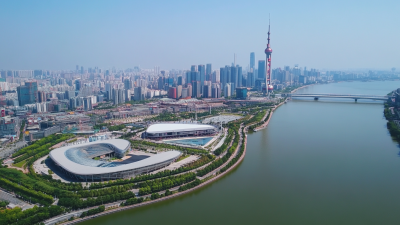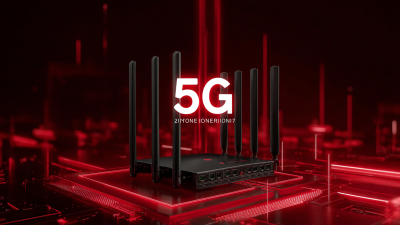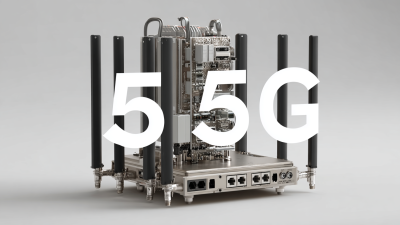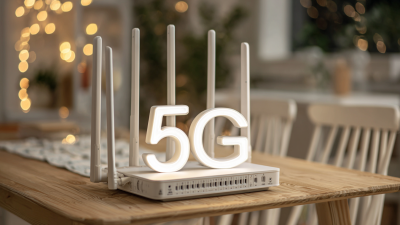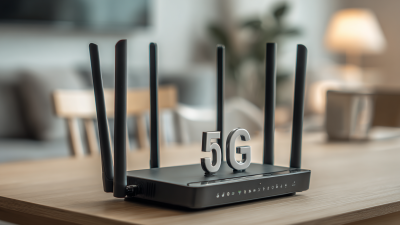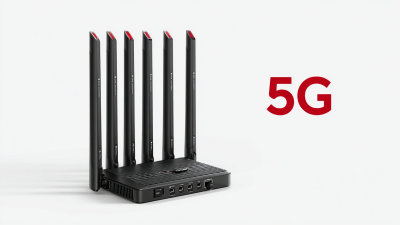As the 2025 China Import and Export Fair approaches, the deployment of 5G routers is poised to transform business connectivity in unprecedented ways. Recent industry reports indicate that the global 5G router market is expected to grow at a compound annual growth rate (CAGR) of 43.5%, reaching a valuation of over $4 billion by 2026. This evolution is critical for businesses aiming to enhance their operational efficiency and customer engagement during international trade events. The adoption of 5G routers facilitates faster data transmission, lower latency, and improved connectivity – key factors that will empower companies to better showcase their products and services. With the fair attracting thousands of exhibitors and buyers from around the world, the impact of 5G technology on logistics, real-time communication, and digital transactions cannot be overstated, positioning 5G routers as essential assets for success in this dynamic marketplace.
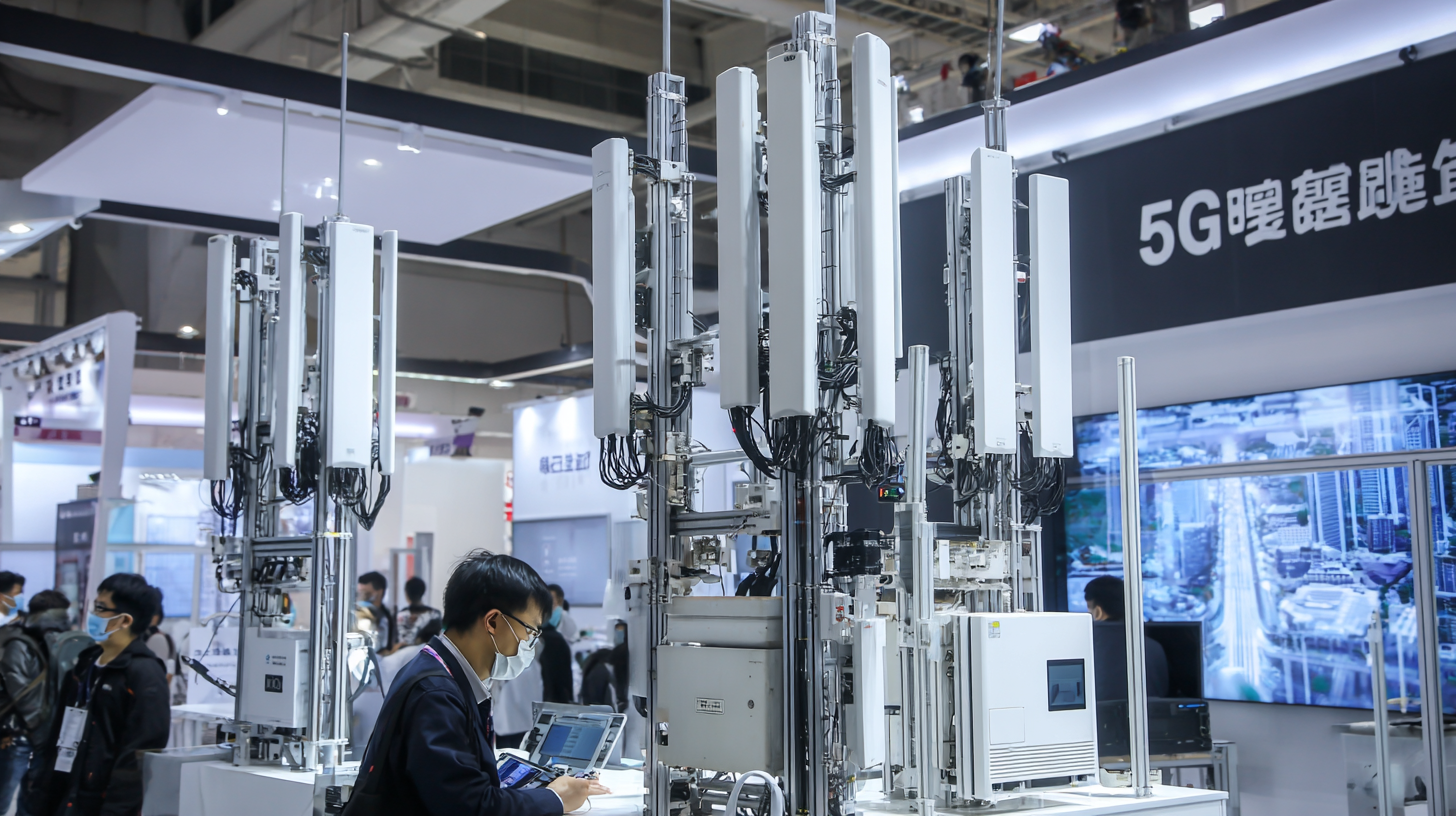
The impact of 5G technology on networking solutions for businesses is profound, particularly as we approach events like the 2025 China Import and Export Fair. According to a report by the Global System for Mobile Communications Association (GSMA), the adoption of 5G networks could generate $2.1 trillion in economic value worldwide by 2030, with significant contributions from enhanced business connectivity. This transition offers unparalleled speed and low latency, allowing businesses to streamline operations, enhance customer engagement, and improve service delivery.
As companies increasingly rely on IoT (Internet of Things) devices, the role of 5G routers becomes crucial. A study by Accenture indicates that organizations utilizing robust 5G connectivity can expect to boost their productivity by up to 40%. This is particularly relevant for businesses operating in fast-paced environments such as trade fairs and expos, where real-time data exchange and connectivity can dictate success. By enabling seamless communication and automated processes, 5G technology positions businesses to respond swiftly to market demands and fosters an ecosystem ripe for innovation.
| Aspect | Before 5G Implementation | After 5G Implementation | Change (%) |
|---|---|---|---|
| Average Connectivity Speed (Mbps) | 50 | 1000 | 2000% |
| Latency (ms) | 30 | 1 | -96.67% |
| Number of Connected Devices | 100 | 1000 | 900% |
| Cost of Networking Solutions ($) | 5000 | 3500 | -30% |
| User Satisfaction Rating (out of 10) | 6 | 9 | 50% |
The rise of 5G technology is transforming the landscape of business connectivity, especially during major trade exhibitions like the 2025 China Import and Export Fair. With lightning-fast internet speeds and lower latency, 5G routers provide an unparalleled advantage for exhibitors and attendees alike. According to a recent report by the Global Mobile Suppliers Association (GSA), 5G networks could enhance data transmission speeds by up to 100 times compared to 4G, enabling real-time communication and smoother interactions at trade shows.
One of the significant advantages of using 5G routers at exhibitions is their capability to support a high density of connected devices. In crowded environments where thousands of participants convene, maintaining a reliable connection can be challenging. Industry experts estimate that by 2025, the number of connected devices in such venues will exceed 50 billion. This means that businesses can leverage the robustness of 5G to facilitate seamless networking, digital presentations, and interactive displays, ultimately enhancing the visitor experience.
**Tips:** Ensure that your booth is equipped with multiple 5G routers to optimize connectivity across various devices. Additionally, consider integrating IoT solutions into your display, allowing for remote monitoring and real-time adjustments that can impress potential clients and partners. Investing in 5G technology now can position your business favorably in an increasingly digital marketplace.
As businesses seek to enhance their connectivity solutions, the advent of 5G routers presents a significant advancement over traditional network options. Unlike their predecessors, which often struggle with bandwidth limitations and latency issues, 5G routers offer unparalleled speed and reliability. This is particularly crucial during large-scale events such as the 2025 China Import and Export Fair, where seamless communication can dictate the success of networking opportunities and transactions.
Moreover, 5G technology provides businesses with greater flexibility and scalability. Traditional network solutions often require extensive infrastructure investments and long installation times, whereas 5G routers can be quickly deployed to meet varying demands. This agility allows companies to adapt to changing connectivity needs in real-time, ensuring uninterrupted operations during critical moments. As industries increasingly rely on fast and reliable internet connections for data transfer, customer engagement, and operational efficiency, the benefits of 5G routers over conventional methods become increasingly evident, paving the way for a new standard in business connectivity.
At the 2025 China Import and Export Fair, several businesses showcased innovative uses of 5G routers, dramatically enhancing their connectivity and operational efficiency. For instance, a leading logistics company utilized 5G technology to manage real-time tracking of shipments. By leveraging the high-speed data transfer capabilities of 5G, the company was able to provide instant updates to clients, minimizing delays and improving customer satisfaction. This case exemplifies how 5G routers can streamline processes and offer significant advantages in a competitive market.
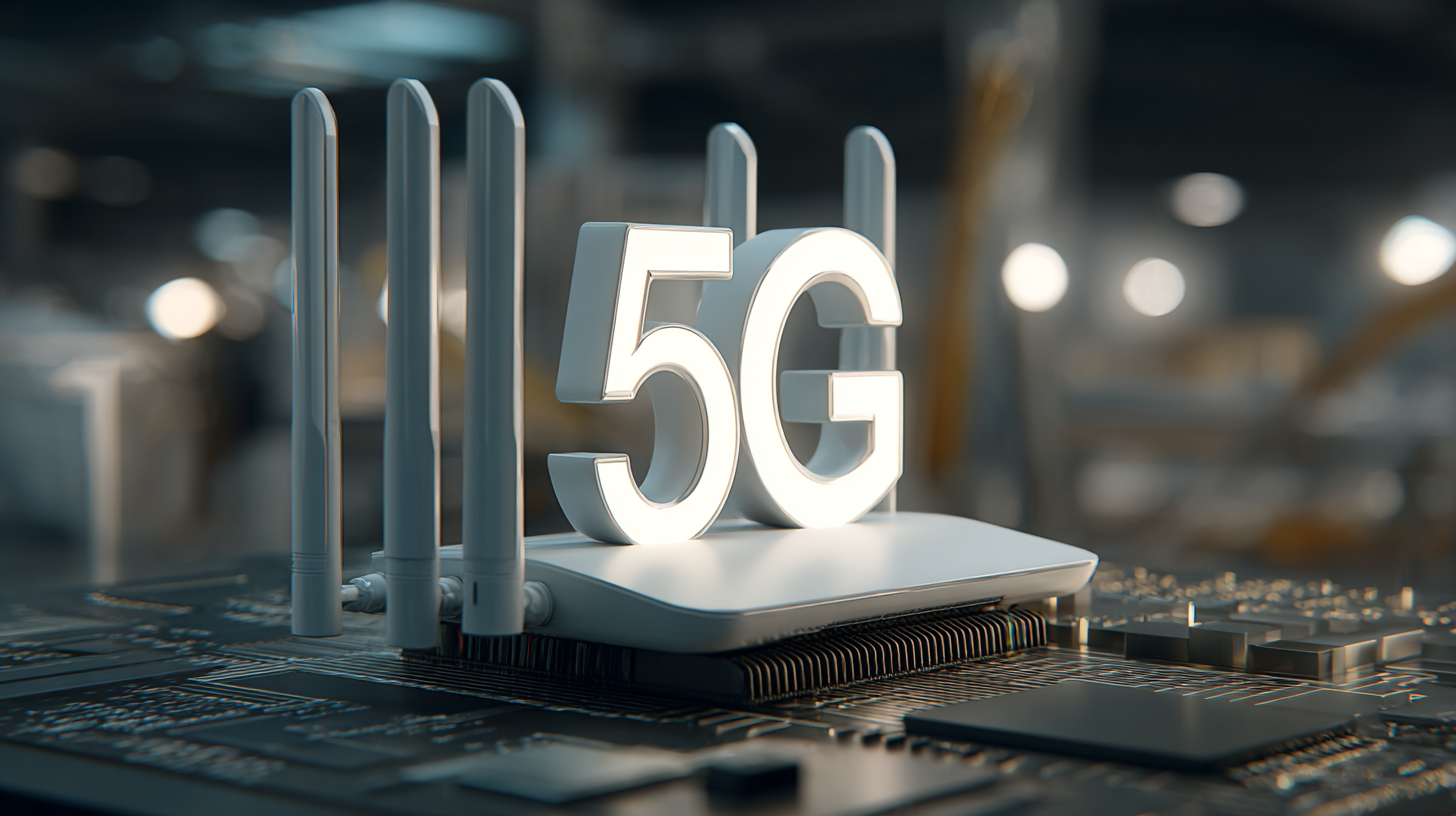
Another notable example comes from a tech startup that dedicated its resources to showcasing a smart inventory management system. Utilizing 5G routers, the startup enabled seamless communication between IoT devices, which facilitated real-time inventory updates across multiple locations. The increased bandwidth and lower latency of 5G allowed for instantaneous data exchange, showcasing the potential of advanced connectivity solutions for businesses aiming to enhance operational agility. Such implementations at the fair not only demonstrate the transformative impact of 5G but also highlight its critical role in shaping the future of business connectivity.
The transformative potential of 5G, along with emerging technologies such as AI, edge computing, and quantum internet, is set to redefine business connectivity by 2025. According to the McKinsey Technology Trends Outlook 2025, AI is expected to enhance decision-making processes and operational efficiencies across various sectors, enabling businesses to leverage massive datasets for strategic growth. Meanwhile, edge computing will provide real-time data processing closer to the source, drastically reducing latency and improving responsiveness in critical applications, which is crucial for industries that rely on instant data transfer.
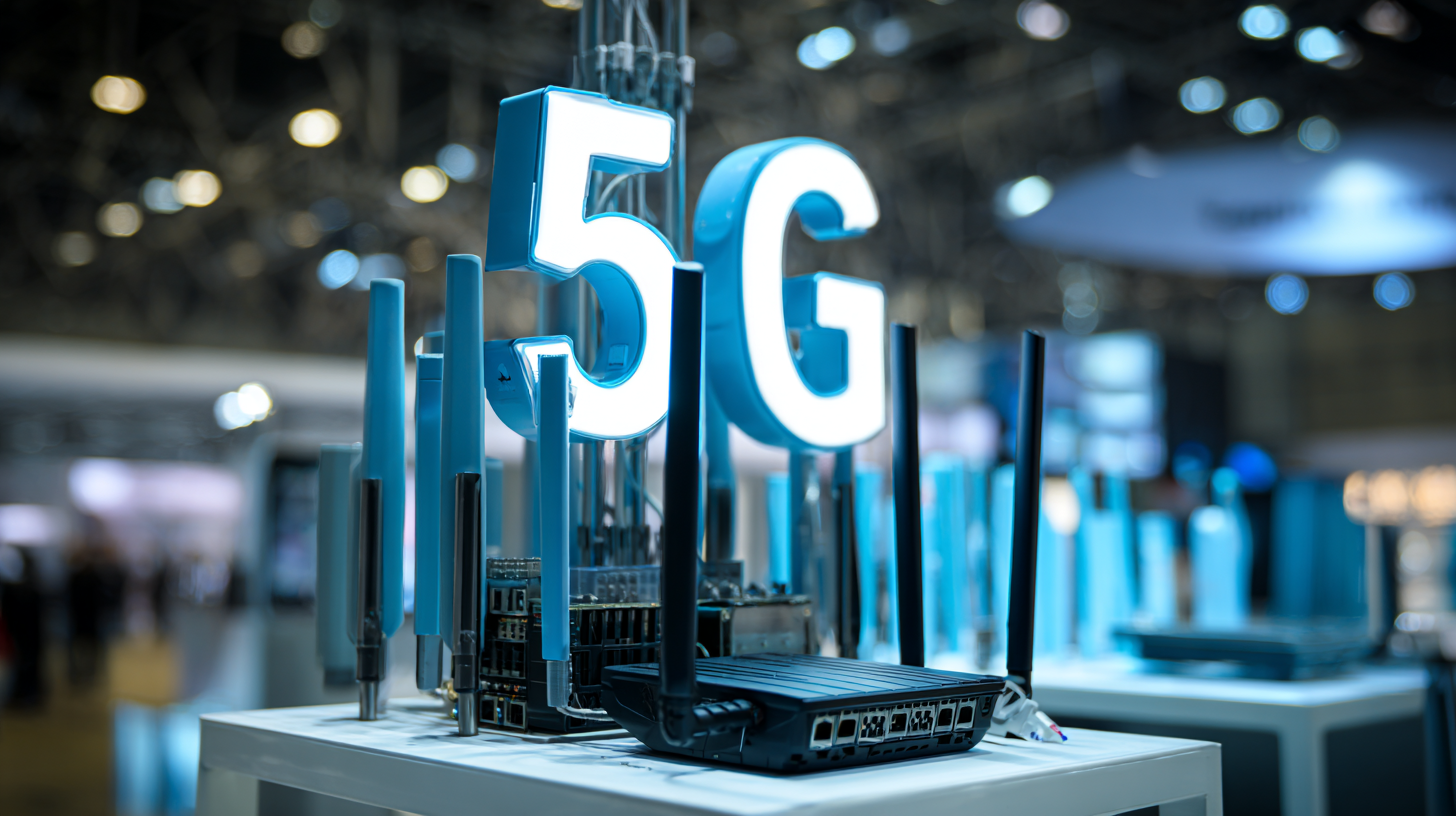
Moreover, the integration of quantum internet technology promises to revolutionize secure communications and data exchange. As the telecommunications industry faces significant challenges, the adoption of 5G will facilitate innovative solutions that reshape network infrastructure and provide new opportunities for revenue generation. The Global Telecom Outlook FY25 indicates that the next wave of mobile technology not only unlocks new network values but also drives digital transformation initiatives across enterprises. Collectively, these advancements herald a new era of connectivity, fundamentally altering how businesses operate and engage with their customers in the digital landscape.
